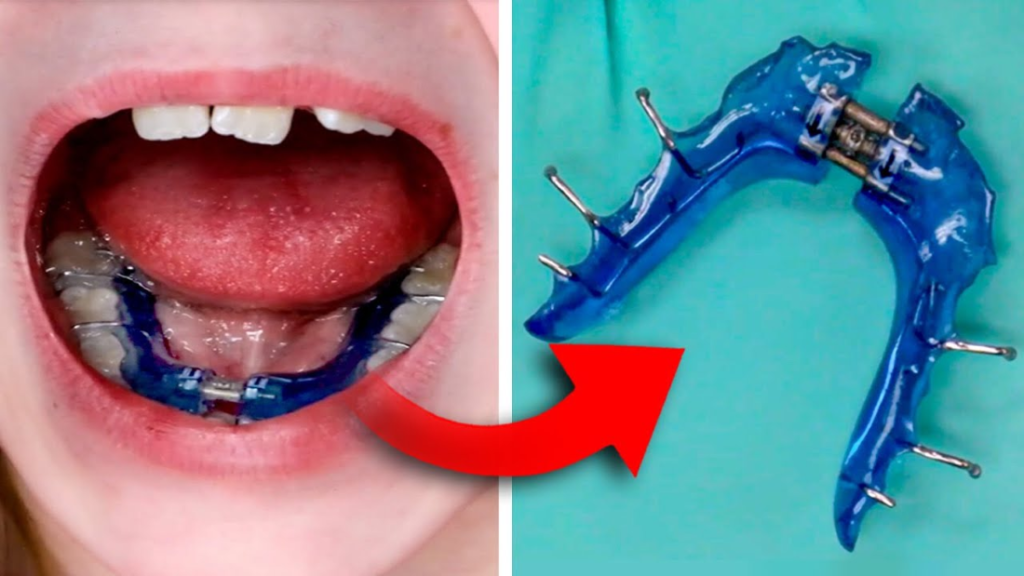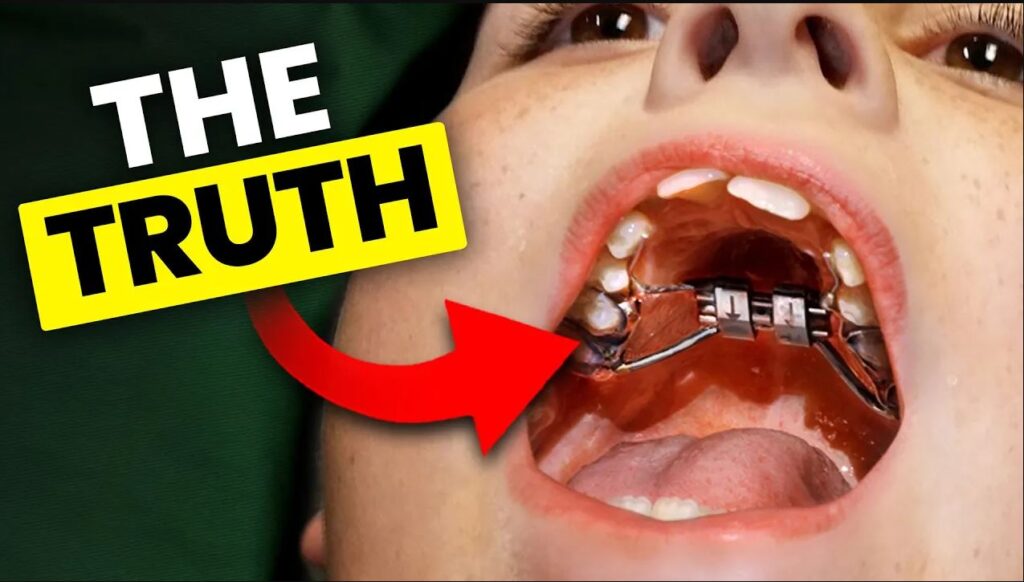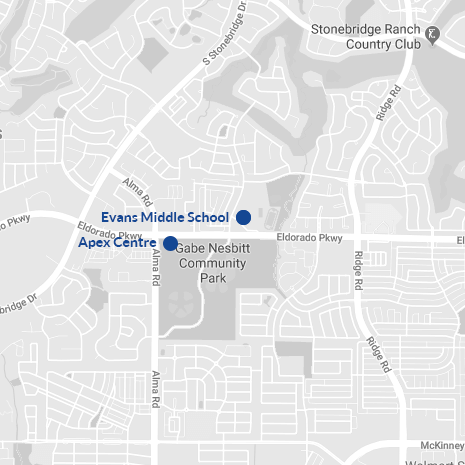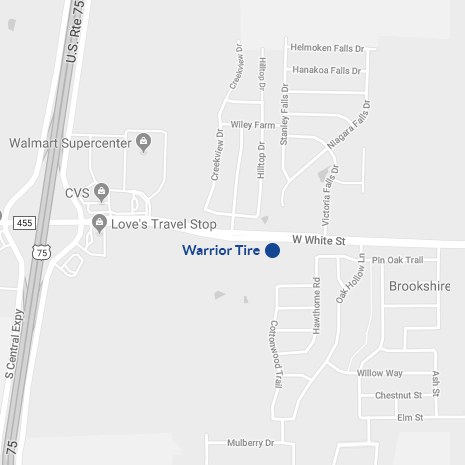Exploring Lower Expanders: Installation and Activation
March 13th, 2024

Are you or a loved one gearing up for orthodontic treatment involving a lower expander? Understanding how this device works, as well as the process of putting it in and activating it, is essential for a successful orthodontic journey. At Packard Family Orthodontics, serving McKinney and Anna, Texas, we specialize in providing comprehensive orthodontic care, including the installation and activation of lower expanders. In this blog post, we'll take an in-depth look at lower expanders, shedding light on their functionality and the steps involved in their placement and activation.
Lower Expanders: A Brief Overview
Before we delve into the specifics of installing and activating a lower expander, let's gain a basic understanding of what a lower expander is and how it works.
Lower Expander: A lower expander, also known as a mandibular expander, is a dental device used to address issues such as crowding or misalignment of the lower teeth and jaw. It consists of two halves connected by a screw mechanism, which allows for gradual expansion of the lower arch over time.
How to Put In and Activate a Lower Expander
Now, let's walk through the step-by-step process of installing and activating a lower expander:
1. Initial Consultation: The first step is to schedule a consultation with your orthodontist. During this appointment, your orthodontist will evaluate your dental and orthodontic needs to determine if a lower expander is the right treatment option for you.
2. Customization: If a lower expander is recommended, impressions or digital scans of your teeth and jaw will be taken to create a custom-fitted expander that matches your mouth's unique dimensions.
3. Installation: Once the lower expander is ready, you'll return to your orthodontist for the installation procedure. Your orthodontist will carefully place the expander in your mouth, positioning it along the lower arch of your teeth.
4. Activation: The activation process involves turning the screw mechanism on the expander to initiate gradual expansion of the lower arch. Your orthodontist will provide specific instructions on how often and how much to turn the screw, typically using a special key provided with the expander.
5. Adjustment and Monitoring: Over the course of treatment, you'll visit your orthodontist periodically for adjustments and progress monitoring. Your orthodontist will assess the expansion process, make any necessary modifications to the expander, and ensure that treatment is progressing as planned
The Bottom Line
In conclusion, lower expanders are valuable orthodontic devices that play a crucial role in addressing lower arch crowding and misalignment. At Packard Family Orthodontics, serving McKinney and Anna, Texas, we are dedicated to providing high-quality orthodontic care, including the installation and activation of lower expanders. Schedule a consultation today to learn more about how lower expanders can benefit you and take the first step towards achieving a healthier, more confident smile! Book your consultation with Dr. Packard here!







